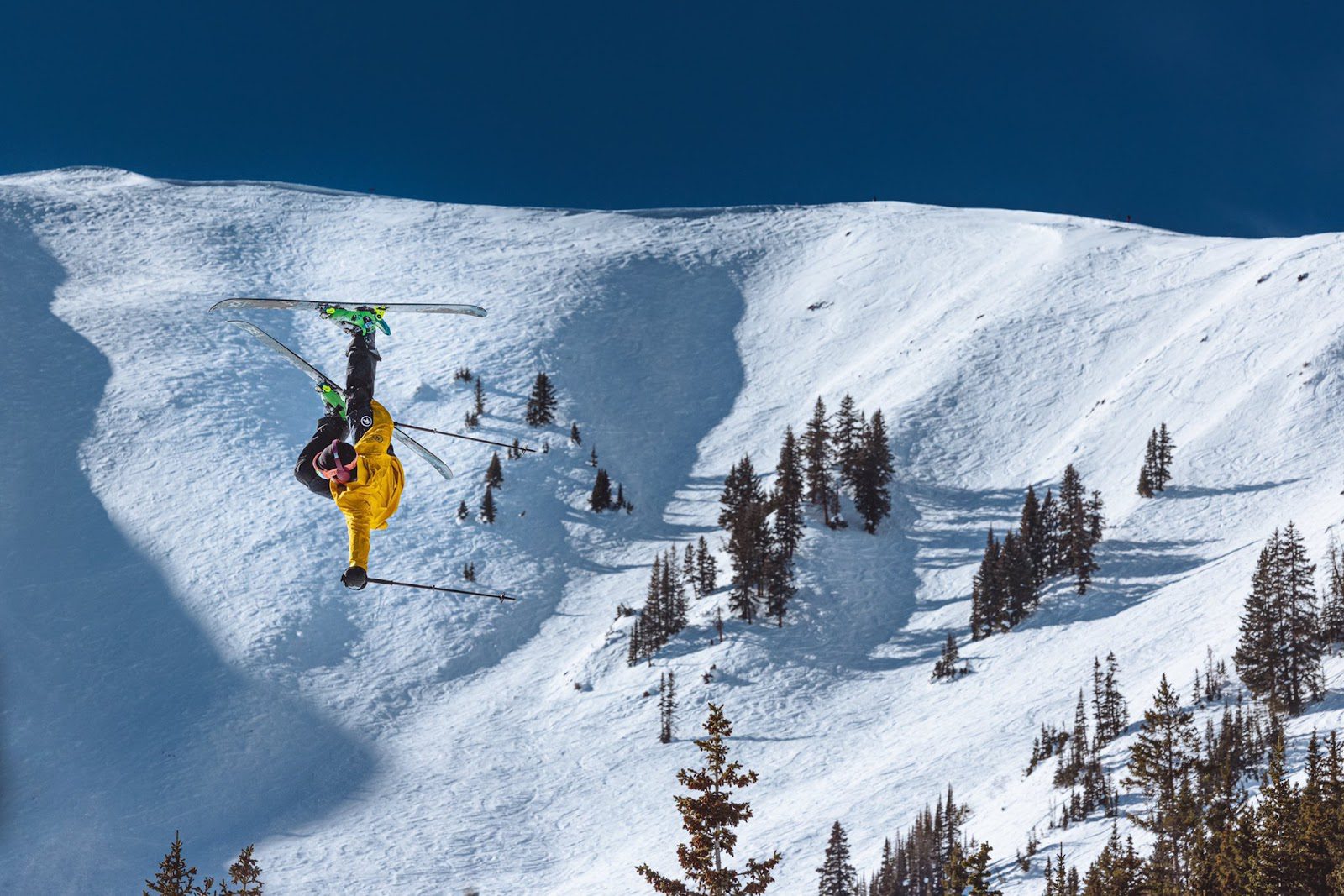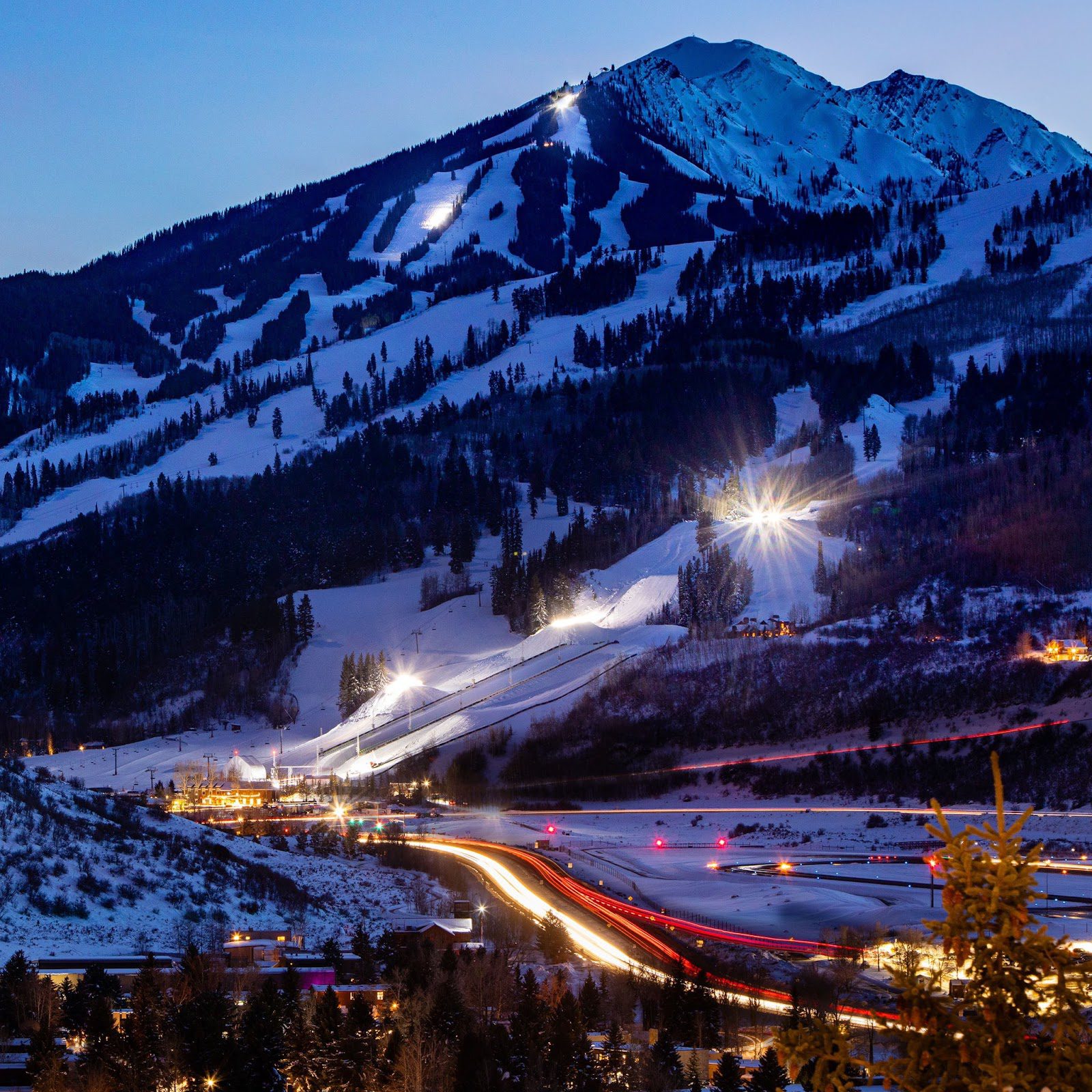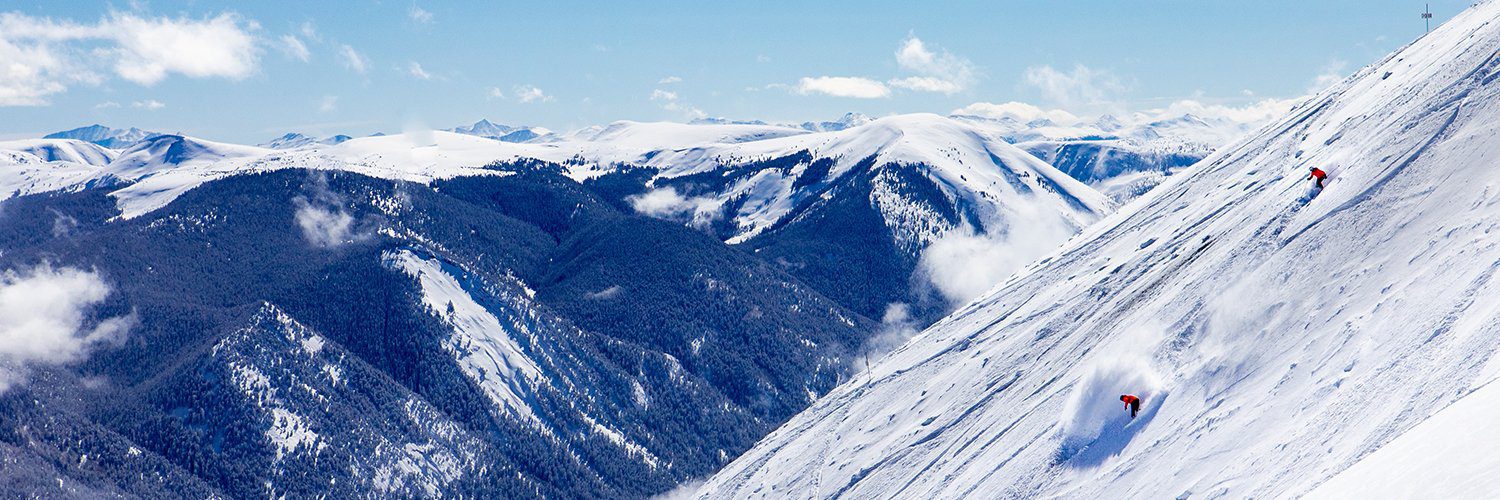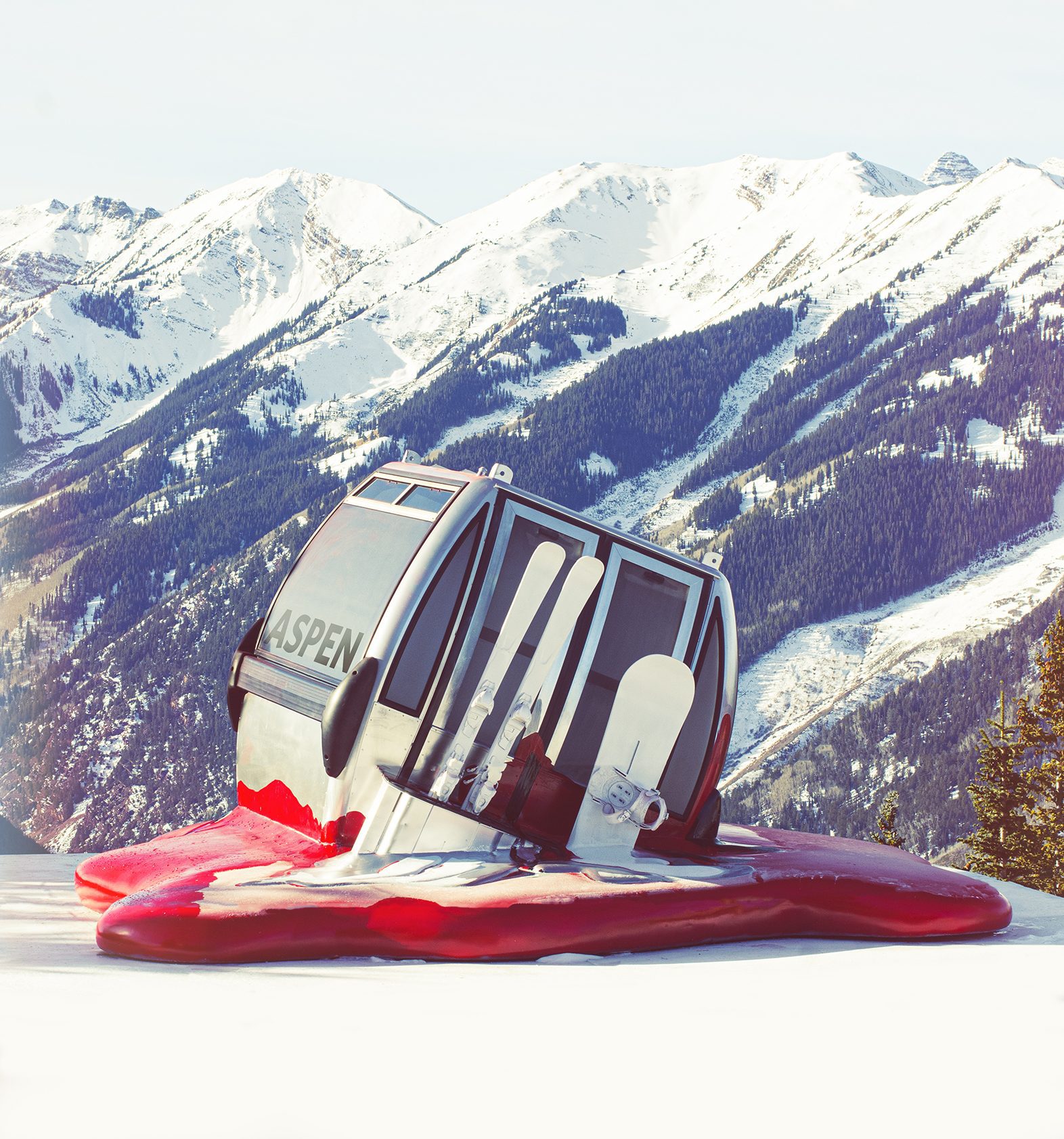“I think snowboarding is the best feeling in the world,” says Casey Quinn. Quinn, a 26-year-old law student, based in the Denver, Colorado area, has been snowboarding for over 15 years. Before that, Quinn was a skier. “Mostly, I switched because I thought the outfits were cooler,” she jokes. While that may have been her impetus for beginning the slopeside sport, Quinn, as with many Coloradans, has discovered a deep connection with snowboarding.

Like many areas in the Western part of the United States, nature-centric sports are woven deeply into the culture. To Coloradans, it is more than just a mode of exercise, it is a medium to bring people together.
“Skiing and snowboarding culture in Colorado is a nearly universal commonality,” Casey tells Consensus, “it’s the activity that almost everyone participates in every weekend. It’s a way to spend time with your best friends while getting exercise, experiencing some of the most beautiful views in the country, and topping off the day with one (or a few) well-earned beers.”
With such a huge portion of the residents invested in the slopeside activity, it is no wonder Colorado is home to some of the world’s greatest ski resorts – and the first to be environmentally friendly. Two in particular, Aspen Snowmass and Wolf Creek Ski Area, have led the way in these endeavors.

Over twenty years ago in the late 1990s, these ski havens in Colorado were taking steps towards a philosophy that had yet to become a marketing buzzword: sustainability. The then-novel idea, rooted in ensuring the longevity of and caring for the planet, eventually became ubiquitous across all industries.
At home in the Centennial State, ski resorts’ dedication to the environment preempted the fad of sustainability elsewhere, and it focused on conservation applications, which continue today.
The programs and promises these mountains have undertaken are designed to drastically reduce their carbon footprints and hopefully preserve the near-sacred activity.
In 1997, Aspen Snowmass, owned by Aspen Skiing Company, launched the Environmental Foundation. As one of the first mountain resort initiatives that prioritized sustainability, the nonprofit employee organization allows employees to donate as little as one dollar per paycheck to be matched by the parent company to “protect and preserve the regional environment,” its mission statement reads. Over the twenty years the Foundation has existed, it has invested over $3 million in innovative projects focusing on regional environmental problems and or contributing to advances in clean energy.
In 1998, the world-renowned ski resort built one of the first LEED Certified buildings, one of only 11 in the world, located at the top of Aspen Mountain. In 1999, the resort published its first Sustainability Report – a practice that was far from the norm then.
The resort’s commitment to sustainability burgeoned into powering its facilities with renewable energy in the mid-2000s when it installed a 147-kilowatt solar array in Carbondale, CO. The parent company has since launched three other arrays, including one located at the Aspen Highland Patrol Headquarters.
Another major player in the sustainable ski world is the Pasoga Springs-based Wolf Creek Ski Area. Notably, it was the first mountain in the world to be powered 100% by renewable energy.

In 2017, Wolf Creek announced that it had launched a new solar project, sourcing renewable energy from a 25-acre array, which will provide all of the mountain’s electricity needs from the sun for a projected 25 years. “Wolf Creek Ski Area has been a leader in the ski industry of sustainable business practices for the past eleven years,” the statement said, highlighting that Wolf Creek has been purchasing renewable offsets (investments in renewable energy that are not directly powering a given space, but are equal to its respective energy consumption) since 2006.
If warmer temperatures continue, Colorado’s skiing could be in danger, but more importantly the ecosystems and environments native to the state could be too.
“Colorado feels climate change in a big way,” mainly through wildfires and ski seasons beginning later and later each year, Quinn states. A polling memo published by Global Strategy Group – a U.S. based research firm – in April 2021 concluded that 72% of registered voters in the state see changing climate as having a “serious impact” on Colorado. In recent years, increasingly dangerous and destructive wildfires have become a daunting reminder of this reality and the progress that can be made by large corporations or organizations, like a ski resort. “There have been multiple occasions over the past few years where I’ve walked outside my home in Denver and there’s been ash falling from the sky,” Casey Quinn, who relocated to Denver full time in 2019, tells Consensus. With such devastating environmental disasters, many Colorodans are in favor of the initiatives that these mountains have been and continue to support, and it may even dictate which mountains they choose to frequent.

“If I’m aware of any renewable energy programs by mountains in Colorado and adherence to environmental pledges, it will impact my selection of a mountain,” says Quinn.
The importance of these mountains’ initiatives and the example that it sets is becoming more widely praised, even across political divides. “I do think that as time goes on, the entire state has begun to see the drastic impacts of climate change, so my hope is that regardless of party affiliation, all Coloradans would be eager to mitigate the impacts of climate change,” Casey writes to Consensus in a statement.
These mountains – Aspen Snowmass and Wolf Creek – have set first-in-industry benchmarks for the types of stewardship initiatives necessary to keep snow sports around for generations to come – a scenario that is, for lack of a better term, still up in the air.
One thing is for certain: the love Coloradans have for snow adventures is not going anywhere, and the residents are likely to continue innovating for a more sustainable future. For 26-year old Casey Quinn, maintaining the longevity and quality of the sport is non-negotiable – a sentiment certainly sharred by fellow Coloradans. “The rush you get flying down the mountain, navigating challenging terrain or on a deep powder day is unlike anything else I’ve experienced. I plan on spending the rest of my life chasing that feeling.”





